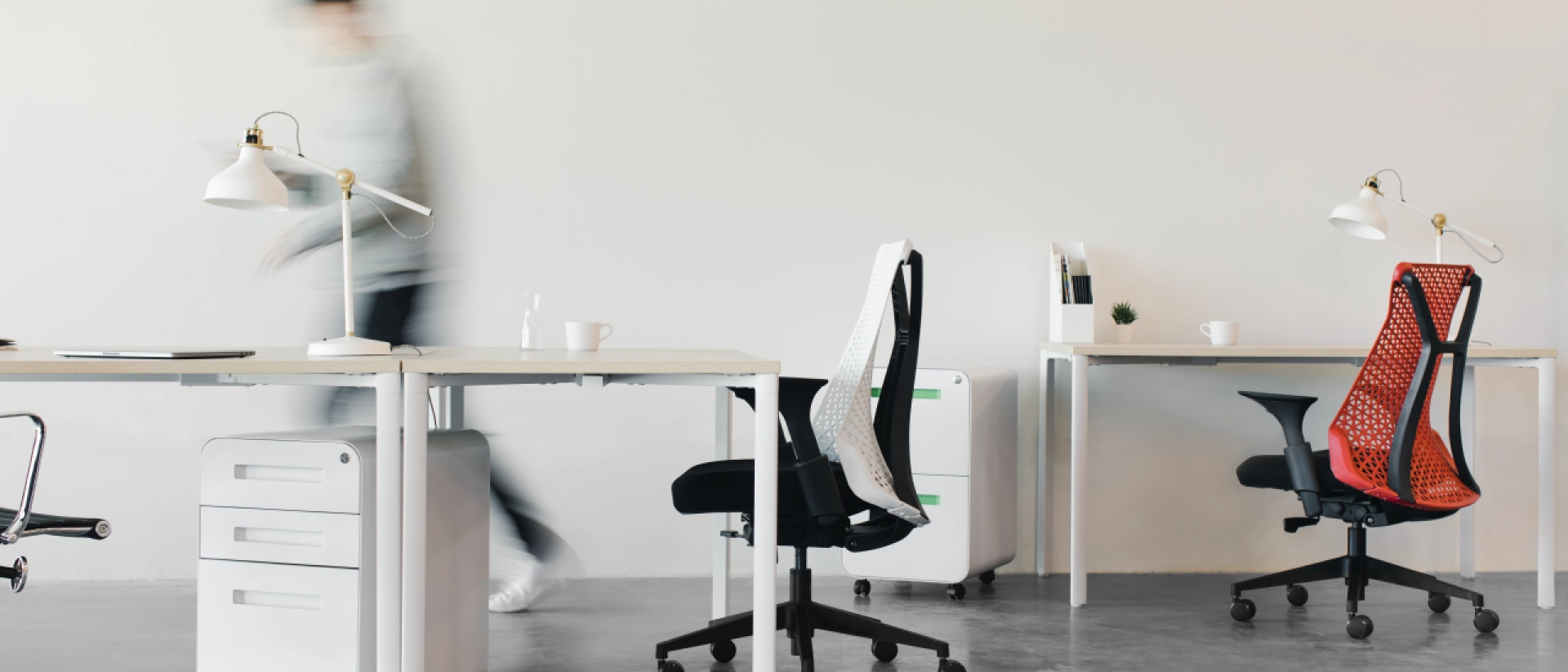
The Future of Workspace
Published on March 4, 2021In this past turbulent year, we have seen a dramatic change in the way we work.
We saw businesses moving to smaller offices or releasing workspaces entirely. Employees were forced to work at home with some companies now moving to remote working arrangements permanently. We saw digital technologies making huge leaps in providing us ways to stay connected without the physical need to do so. And although soon we could hopefully see the light at the end of the tunnel, the way we work will never be the same.
Due to the pandemic even the more conservative businesses learned that workers can still be productive and efficient, and often even more than before, without the need to be present in the office. At the same time, employees gained more control of their own time. Working from home strips away the formalities, saves valuable time from the daily commute and allows people to spend more time with their families. Companies on the other hand make huge savings from real estate and utilities costs.
Working remotely makes economic sense and therefore more and more businesses are adapting it as a permanent working model. Giants such as Facebook, Dropbox and Twitter, for example, have already announced plans to move significant portion of their workforce remotely for unlimited time.
The shift towards home office, however, has started a debate across industries about how sustainable the remote working model can be in the future.
Recent surveys show that remote working is having an adverse impact on employees’ mental and physical health. Although working from home has proven to have a positive effect on productivity, it often comes at a cost of longer working hours, failure to separate personal from work life, tiredness and stress. Lack of adequate office equipment and inability to build valuable and meaningful peer connections are also common problems remote employees have been facing.
Working remotely has also raised issues on maintaining a strong corporate culture, essential for attracting and retaining talent and reflecting the company’s identity and values.
On the other hand, returning to the office as usual can turn out to be more complicated than expected, posing several challenges. Remodeling the office space, implementing prevention measures, preserving workplace culture and coping with future uncertainties are some of the obstacles companies need to consider.
Clearly, there is no universal answer how the workspace will shape in post-pandemic times. Regardless on the approach companies choose for the future, one thing however is certain – flexibility is the key. Life is anything but predictable now and agility is the way forward.
Some companies have already turned to flexible working concept combining the best of both worlds. Only few days ago HSBC announced that it is aiming to reduce its office space worldwide by 40% in the long run as it transitions to a more agile work model. “We expect a change in the way we use our office space, recognizing the work-life balance and environmental benefits of hybrid working arrangements” -HSBC said in their annual report.
Allowing employees to work 2-3 days from the office and the rest from home is one option. Coworking and flexible office solutions that offer fully fitted workspace, dedicated rooms for teamwork and collaboration, flexible terms with all-inclusive pricing are becoming more and more popular as we adapt to the new normal. In its recent Flex Market Report Review CBRE examines the awakening of the flex sector as a mean to cope uncertainty: “COVID-19 is not a threat that will destroy the sector, rather a justification for its continued growth" - -Stewart Smith, Head of Flex CBRE UK notes.
It is clear that the office space will not disappear. It is destined to become flexible.
